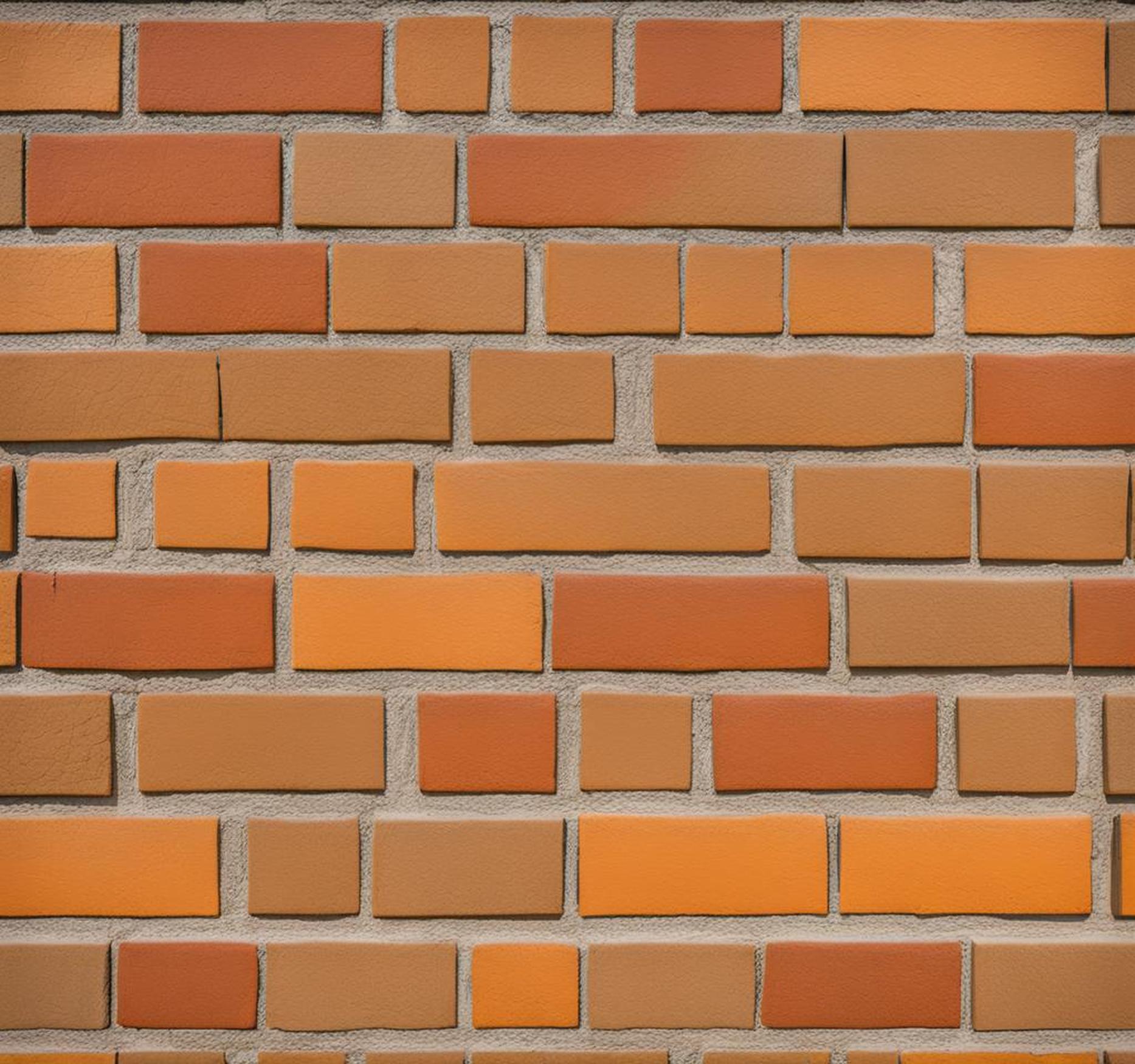Cinder blocks make a practical and affordable material for both structural projects and decorative walls. While their porous concrete design soaks up paint nicely, not all paints have what it takes to withstand the weathering that exterior cinder block walls experience.
Choosing a long-lasting exterior paint designed specifically for masonry is key to make your painted cinder blocks look great for years to come.
What Type of Spray Paint is Best for Cinder Blocks?
When selecting spray paint for outdoor cinder blocks, look for these key features on the label:
- Formulated for exterior masonry and concrete
- Provides maximum UV and weather resistance
- Offers excellent coverage to hide imperfections
Specialized masonry and concrete paints are best suited for cinder blocks’ porous texture. Top options include:
Acrylic Paints
Water-based acrylic latex paints provide vibrant color and resist fading and cracking. They’re easy to apply but less flexible than other choices.

Elastomeric Paints
Elastomeric paint expands and contracts with the cinder blocks through temperature fluctuations. This flexibility prevents peeling and makes it ideal for exterior use.
Rubberized Finishes
Rubberized paint coatings offer maximum waterproofing. They fill pores to prevent moisture damage. Textured versions hide surface imperfections.
Prep Work Before Spray Painting Cinder Blocks
Proper prep work ensures the paint bonds tightly for long-lasting results:
- Use a wire brush to remove any loose material or debris.
- Pressure wash the cinder blocks and let fully dry.
- Fill divots with mortar filler and sand smooth.
- Apply alkaline-resistant primer to improve paint adhesion.
Priming before painting also allows the true paint color to show better.
Technique for Spray Painting Cinder Blocks
These tips will help you achieve an even, uniform finish spray painting cinder blocks:
| – Work in small, manageable sections | – Vigorously shake spray paint can for 60 seconds before/during use |
| – Hold spray paint can 6-12 inches from surface | – Use smooth, steady, overlapping strokes |
| – Apply 2-3 coats for best durability and touch up as needed | – Let each coat dry completely before adding another |
Be patient and allow proper dry time between coats. Rushing the paint job can cause drips, uneven coverage, and poor adhesion.
Choosing Exterior Paint Colors for Cinder Blocks
The color possibilities are endless for painted cinder blocks. Consider these tips when selecting shades:
- Light and bright colors show well on textured blocks.
- Darker dramatic colors make the dimensions stand out.
- Test colors on a small section before committing to the whole wall.
- Coordinate with landscape plants and hardscapes for a cohesive look.
Paint color impacts the overall vibe and functionality of cinder block elements. For example, light greens and blues promote relaxation in garden seating walls. Black adds modern edge to counters and bar areas.
Creative Color Inspiration
Explore creative ways to apply color to cinder blocks with techniques like:
- Ombre – gradating from light to dark color
- Geometric patterns using painter’s tape
- Nature motifs with hand-painted textures
- Metallic finishes for industrial flair
- Vibrant colors for whimsical kids’ spaces
Enhance Durability of Painted Cinder Blocks
Properly caring for painted cinder block walls makes the colors last. Here are some longevity tips:
- Allow paint to cure for several days after final coat
- Apply protective sealer to resist weathering
- Gently clean with mild soap and water only
- Spot paint scratches/chips before they spread
Avoid using harsh chemicals or pressure washing painted cinder blocks. This can strip the paint down to the bare, unprotected surface again.
With the right prep work and paint products, cinder blocks offer an adaptable canvas for stylish, durable outdoor living spaces and structures. Specialty masonry paint provides colors that will continue brightening up your cinder block projects for many years.
Focus on long-lasting elastomeric or thick rubberized paint coatings. And don’t skip priming and sealing steps for maximum paint adhesion. The extra effort pays off in colorful, resilient cinder block walls that withstand weathering and continue looking great season after season.
